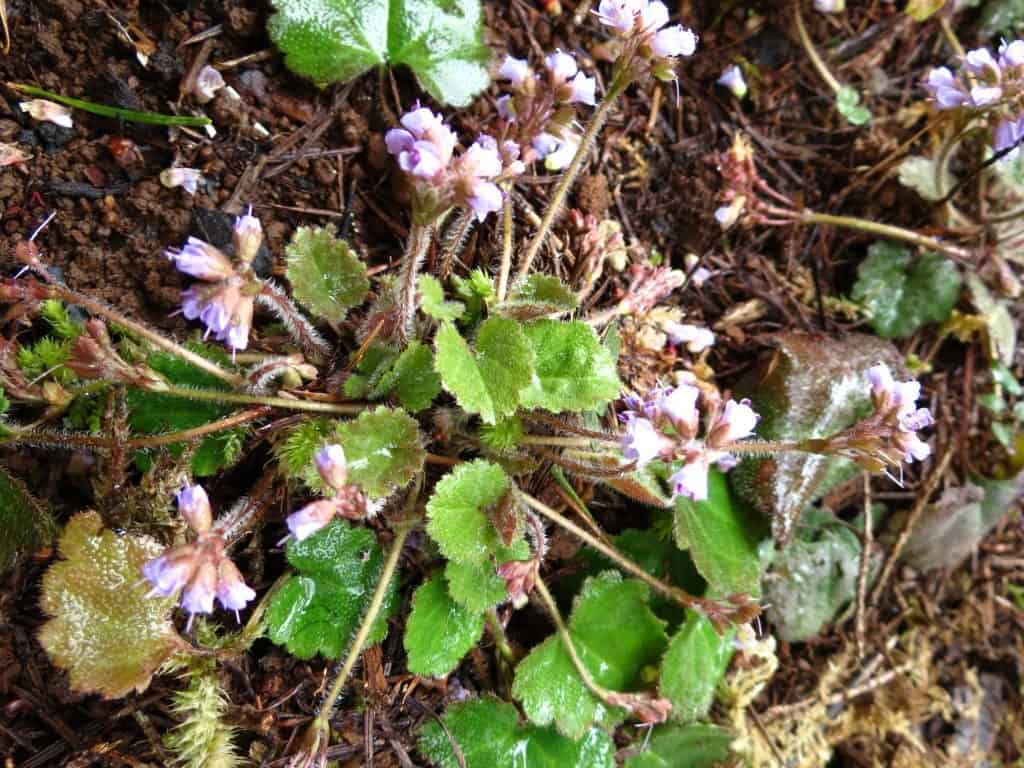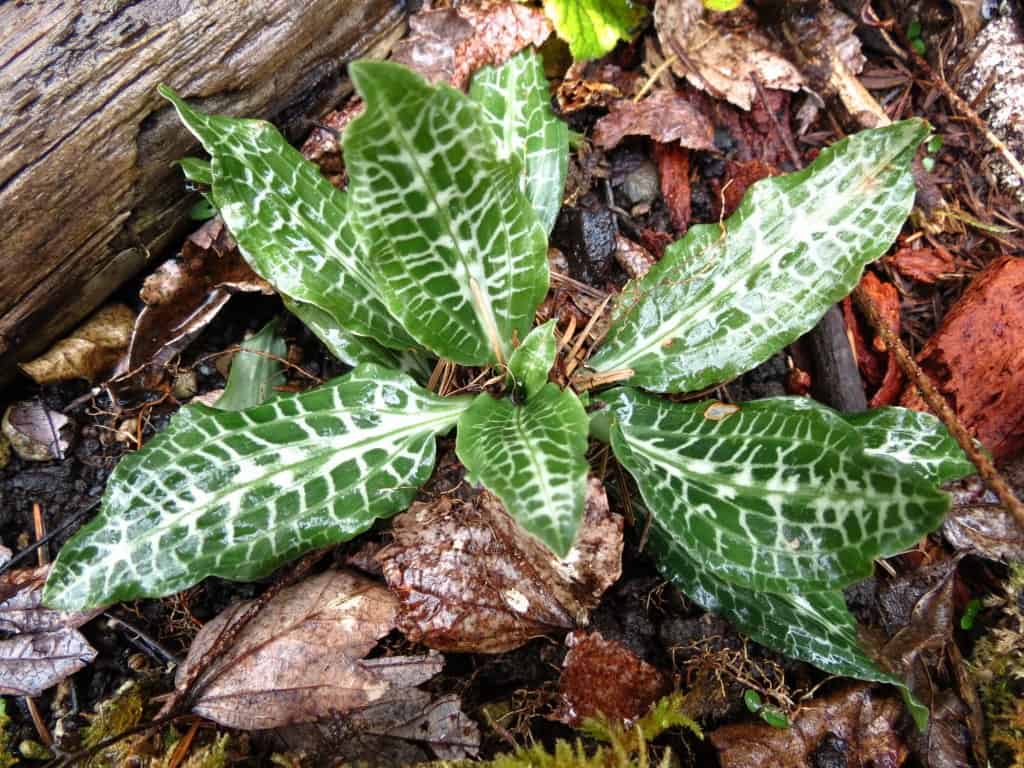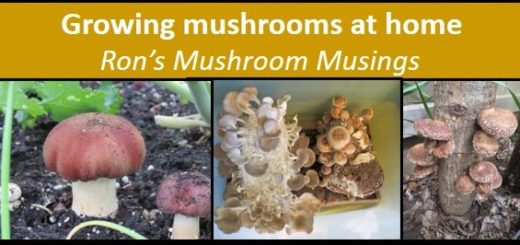Black Trumpets

It may be difficult to believe that some of us diehard mushroom foragers are still combing the woods looking for those few remaining yummy edibles. However, what the woods may lack in mushroom species it makes up for in ecological diversity. It’s almost Springtime and forest plants are beginning to sprout and bloom.

Soon there will be a kaleidoscope of colors adding to the enjoyment of your mushroom hunting experience. One of my favorite woodland plants is Synthyrisreniformis, (snow queen). My other favorite is Goodyera oblongifolia (rattlesnake plantain). I could go on about the amazing woodland plants we have in our PNW forests, however, this is supposed to be about mushrooms.

So, in keeping with that theme, I would like to mention a mushroom that both frustrates me and is exciting to find. That would be Craterellus cornucopioides (black trumpet). The photo to the left shows a small cluster of black trumpets embedded in a patch of Hylocomium splendens (stairstep moss).These mushrooms were only detected as a result of walking toward a leaf that was mistaken for aHydnum umbilicatum or more commonly called bellybutton hedgehog mushroom. Had the leaf not beckoned us over for a look we would have passed right by these black trumpets.

Unfortunately, their dark color blends in very well with the surrounding duff and makes them very difficult to spot from any distance. I’d like to say that Sandy and I are expert black trumpet hunters but truthfully we find them mostly by accident as we’re reaching down to pick some other edible or take a close-up photo of something. Don’t let their ability to conceal themselves in plain sight discourage you from looking. They can occur in groups large enough for a single meal so one discovery may be all you need.

This cluster of black trumpets was more than enough to add some earthy flavor and interesting color to an individualized breakfast omelet. The best news is that black trumpets are up and waiting for you right now. Starting in late winter and continuing through spring, you have plenty of time to be both frustrated by them and elated when you find them. We like to look for them at the lower elevation areas east of Eugene but before you reach the Cascade Mountain Range. They are also quite prevalent in the southern coastal areas near Brookings.
Craterellus cornucopioides Characteristics:

Cap: Up to several inches in diameter and very fluted in shape with rolled, wavy and/or ruffled margins. The center is open and remains hollow clear to the base of the stem. Older specimens can become quite haggard looking but don’t let that stop you from eating them.
Stem: This can be 5 or more inches long and is tapered from widest at the cap to converging at the base. Don’t look for gills, pores, or teeth because this odd fungus doesn’t have any. Their underside will be smooth to slightly wrinkled.
Location: In the PNW you will find them in our classic Doug Fir forests and mixed tree forests as well. They can be somewhat of an enigma, popping up where you think they should be as well as in odd locations. Don’t try to second guess this unusual fungus just feel good if you find it and enjoy its delicious flavor.
Reference:
Mushrooms of the Redwood Coast
On the Web at Mushroom Appreciation





